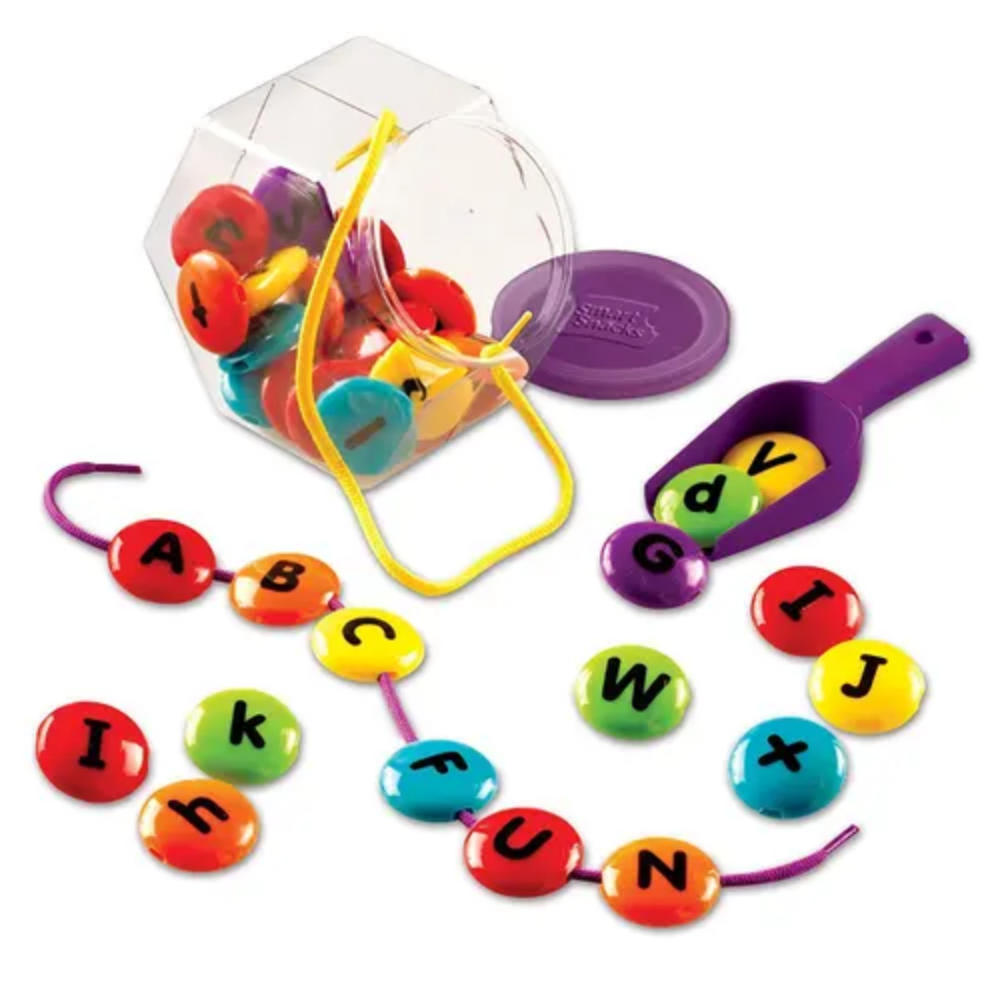
5 Future Trends for Learning and Development
- Patria Lincoln Posted On Jul 7, 2020 | Back to School
Digital technologies and the ever-shifting needs of the modern job market are continuously transforming how children and adults learn, what they prioritize in their curriculums, and how knowledge is acquired and retained in a digital age. While the public school system is unlikely to experience any dramatic shifts in the years to come due to many factors that are out of our control, that doesn’t mean that other trends in the education sector are not on the rise, like instilling a love of STEM from a young age or learning how to leverage technology to learn online.
Now that students are forced to stay at home and honor the lockdown rules, there is an even greater incentive to embrace and adopt the growing trends in order to make at-home learning a breeze and celebrate their success and achievements. With all of that in mind, let’s take a look at the up-and-coming trends that will make a big impact on learning and personal development.

Teaching complementary subjects
When students decide on a career path, it’s usually to specialize in a specific field of study where they will spend their time involved in their work, most likely without making significant contact with scientists and professionals from complementary industries. It can be easy for a young scientist to get so wrapped up in their field of study that they forget that their colleagues from other fields might hold the answers they are trying to get.
This is why cross-field collaboration is so important in the modern scientific world, and why collaboration and multi-disciplinary science will become more commonplace in the future. One of the biggest problem of modern scientific communities, for example, is that there is not enough collaboration. This, for example, means that a molecular biologist might spend years trying to make an experiment work, having no idea that a physicist or a geneticist might be able to uncover the process that will get them there. This is a problem that collaboration and multi-disciplinary science can fix.
Inspiring learning from a younger age
Aside from inspiring young students to take an interest in multiple subjects and the scientific field, and aside from teaching them the importance of inter-disciplinary collaboration, it’s also important to note that education of the future will start from a progressively younger age. Even as we speak scientists from around the world are trying to uncover the secrets of how young children adopt and retain information and how they develop their interests and inclinations.
As the child grows and begins to explore the world around them, it will be up to the professionals and the parents to use engaging methods like using this fun geometric heart STEM challenge to educate young children and inspire them to become passionate about learning from a very young age.

Online learning is blossoming quickly
One of the biggest trends that is already transforming the way we learn and retain information is online learning, or better known in the digital world as eLearning. Even though individuals and freelancers are popularizing this trend, it is the innovative and professional eLearning hubs like Clutch Prep that are leading the entire industry forward with vast learning resources, engaging videos and curriculums that complement the textbooks that students use in school.
The key here is to create a fun and engaging online learning environment that will make adopting and retaining information easier, while inspiring passion and love for lifelong learning. What’s more, online learning platforms allow students to broaden their interests and delve deeper into the subject matter, which will ultimately inspire them to build a thriving and well-rounded career.
Using virtual reality for learning
Much like eLearning is making education fun and rewarding, virtual reality is making the modern learning environment more engaging for the tech-savvy student. VR headsets are nowadays becoming more affordable, and students are able to learn in a fully-digital environment, allowing teachers to take them on grand learning adventures without ever leaving the classroom.
Students will soon have the ability to learn about the solar system by traveling through space in a VR spaceship, or to explore the intricacies of the human body by shrinking down to the size of a blood cell. VR technology can serve many a purpose, and even help the youngest among us to learn coding and various computer sciences with ease.

Weaving artificial intelligence into the process
Finally, artificial intelligence is making a big impact on education as we speak, and it might not get adopted on a grand scale for some time, it will still disrupt and ultimately change the way teachers communicate knowledge to their students. Introducing AI-driven technologies into the classroom will improve scoring, help teachers discover the student’s pain points and knowledge gaps, and it will help them optimize the entire curriculum for maximum retention and student engagement.
Wrapping up
The education sector is always evolving with technological innovation, but it’s also important to note how students are adopting new trends at home and in the classroom. Be sure to use these insights to gain a better understanding of the course that education is taking, and how your children can use these trends to one day become successful, thriving adults.
 Shop UK Site
Shop UK Site 









































